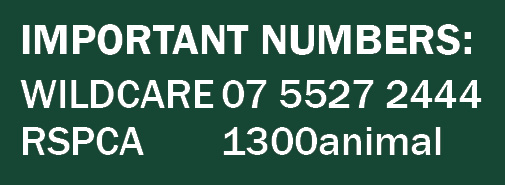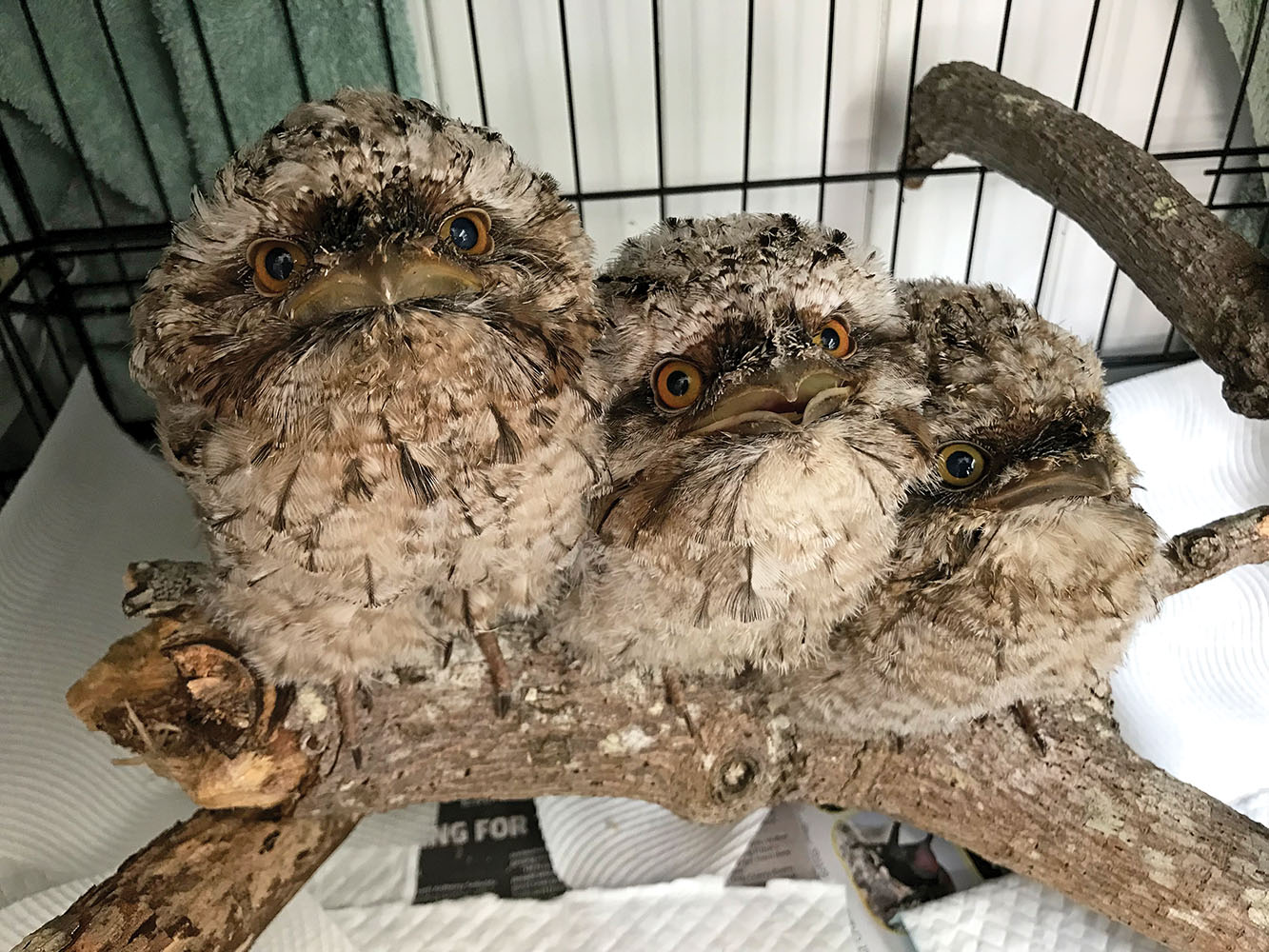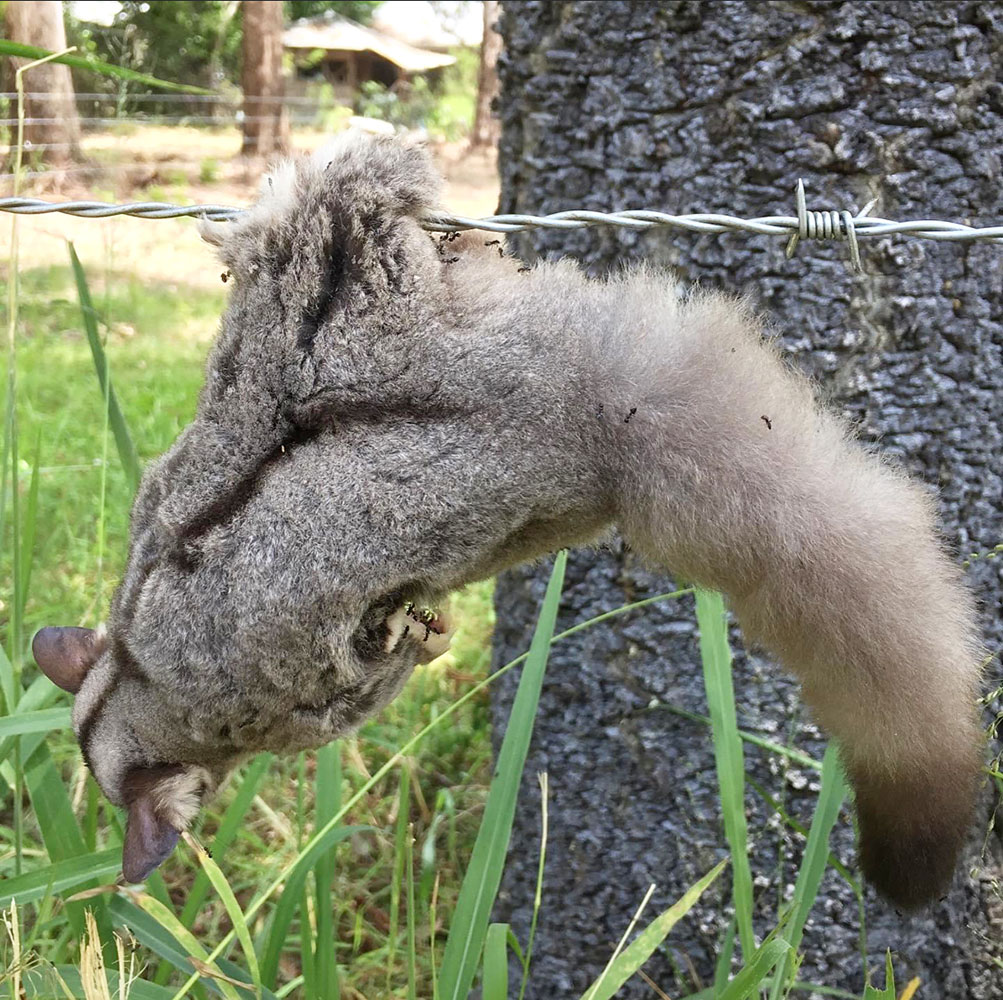
Keep Our Wildlife Safe From Entanglement
Our Wildlife faces many risks due to human intervention. One risk we see often affecting our Wildlife in Country areas is fence entanglement. Barbed wire is very common fencing due to its strength and ability to contain domestic animals such as cattle and sheep, but hundreds of thousands of native animals die each year due to entanglement on this fencing. Bats, Gliders and Birds, especially the night hunters such as Tawny Frogmouths and Owls are common victims. Usually the animal panics and gets wound around the barb causing irreparable damage to wings and the gliding membrane of the Gliders. Small wallabies have also been caught. A fast rescue response is crucial to the survival of these animals, as if left exposed they become more entangled, are vulnerable to attack from other animals and could dehydrate.
A similar problem also exists with fruit tree netting. If the holes are too big it can trap bats, birds and snakes. The danger to an animal caught in netting is restriction of circulation. if caught for too long then the limb is at risk of dying off due to lack of blood flow.
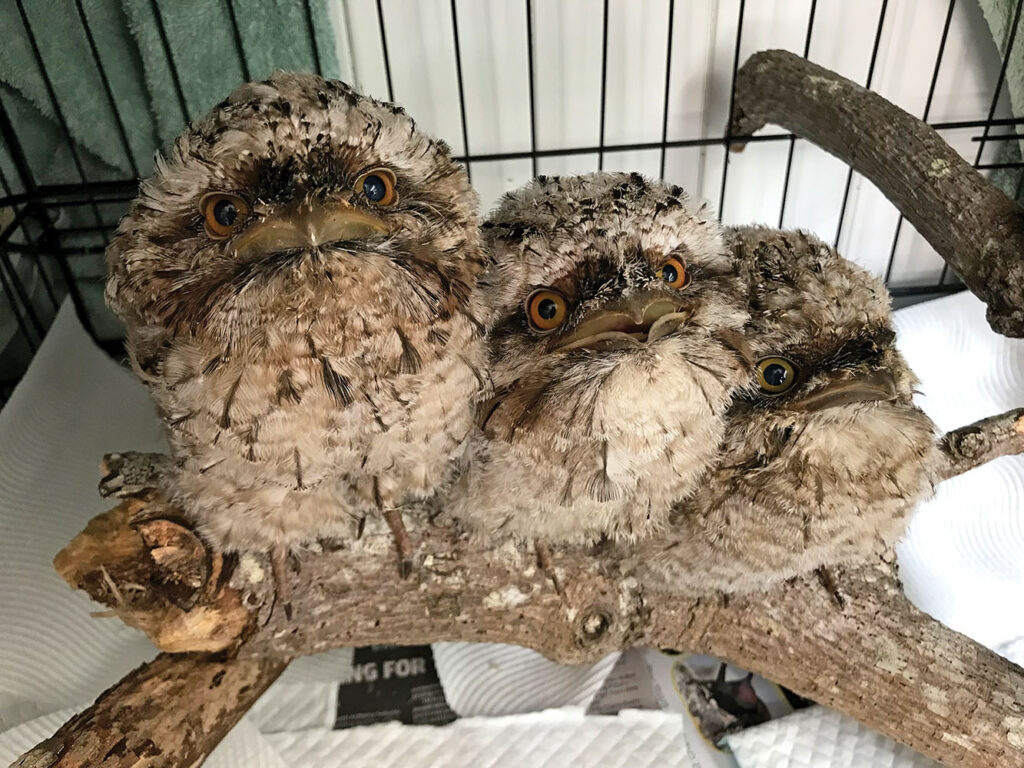
- WHAT CAN WE DO?
- Use smooth/ plain wire fencing as an alternative!
- For existing Barb wire fencing, consider replacing the top strand of wire. This is where most animals are caught as it is hard for them to see, especially at night or when it is near food trees or a dam where they are coming and going for food.
- Plant shrubs on ether side of the fence.
- Improve the visibility of the fence by placing objects to the top rung such as reflective tape
- With Fruit tree netting, use net with very small holes that you can not fit your finger into.
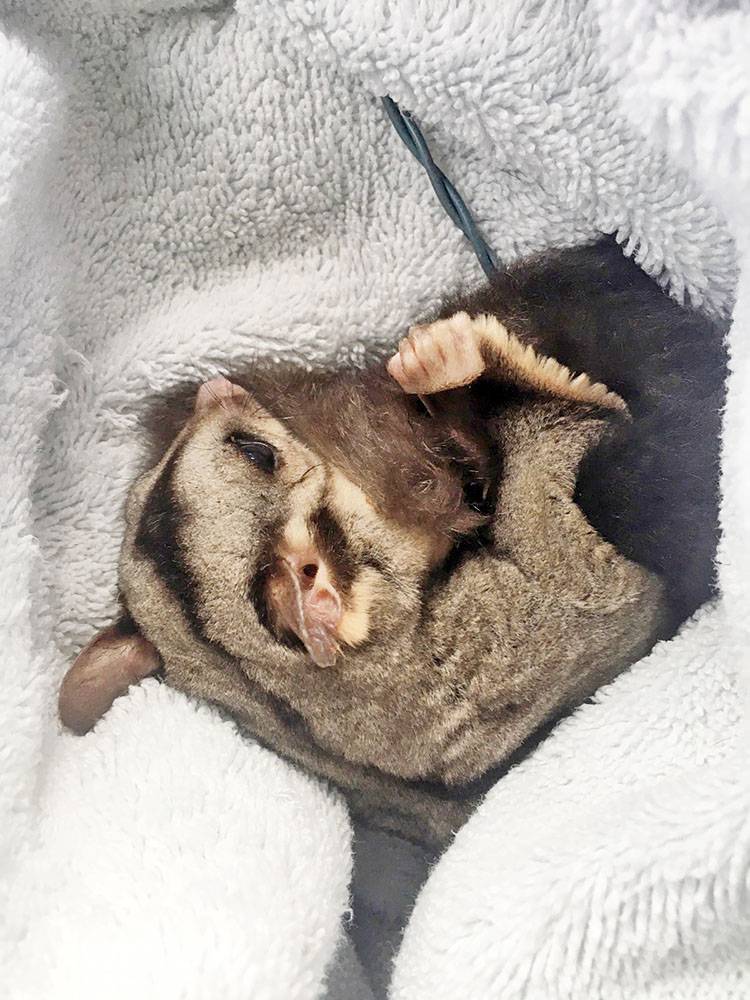
WHAT TO DO IF YOU FIND WILDLIFE ENTANGLED?
Call a wildlife group immediately, place a light weight towel or cloth over the animal so it cant see you, which could cause further panic and entanglement. Wait for help to arrive or give exact location as to where the animal can be found.
Do not attempt to remove the animal and if it does become entangled DO NOT let it go free as we need to have it examined and X-Rayed by a Vet. Birds will often have a break to their wing or soft tissue damage which can also prevent flight. Wings can be pinned just like mammal bones, if the break is not too severe so will need to get to a Wildlife Hospital ASAP. Bats and Gliders with membrane injury will need an assessment by an experienced Vet so their flight and gliding ability is not compromised.
PLEASE REMEMBER – If you find an injured native animal, place in a covered box in a quiet area and do not give food or water.
Call WILDCARE or RSPCA for help. If a Snake, Bat or Koala – DO NOT HANDLE. Call for assistance.
Remember, to care for wildlife, you need specialised training and a permit. Wildcare members are trained free of charge and provided with mentorship.
For more information go to: Wildcare.org.au
By Sherryn Fraser
(Qualified Vet Nurse)
Registered Wildlife Rescuer &
Rehabilitator – Wildcare.org.au
